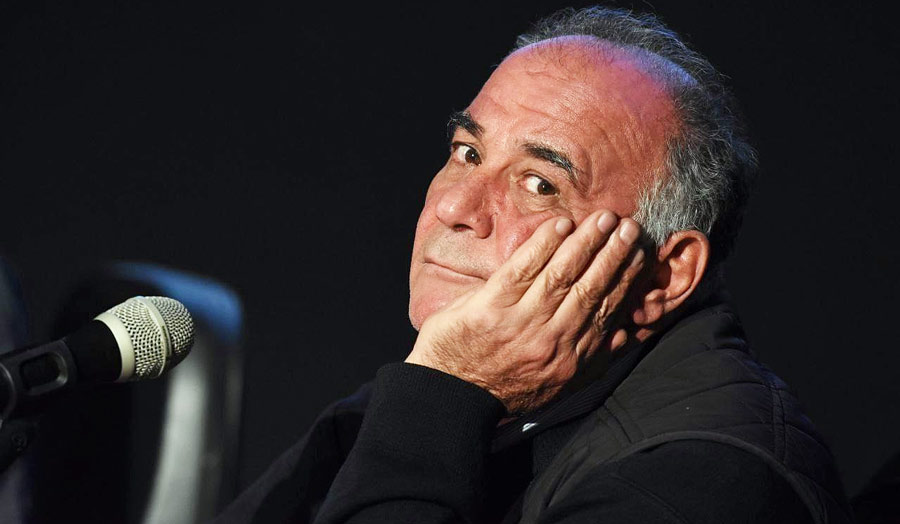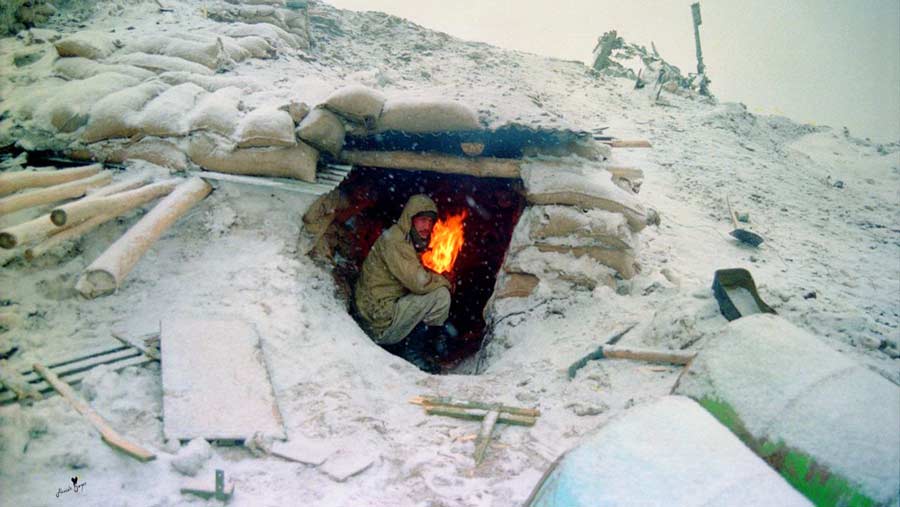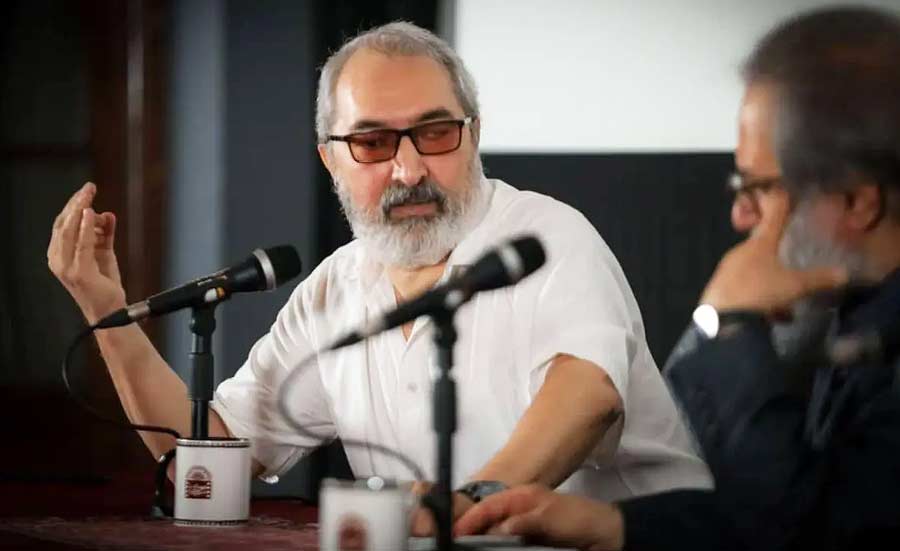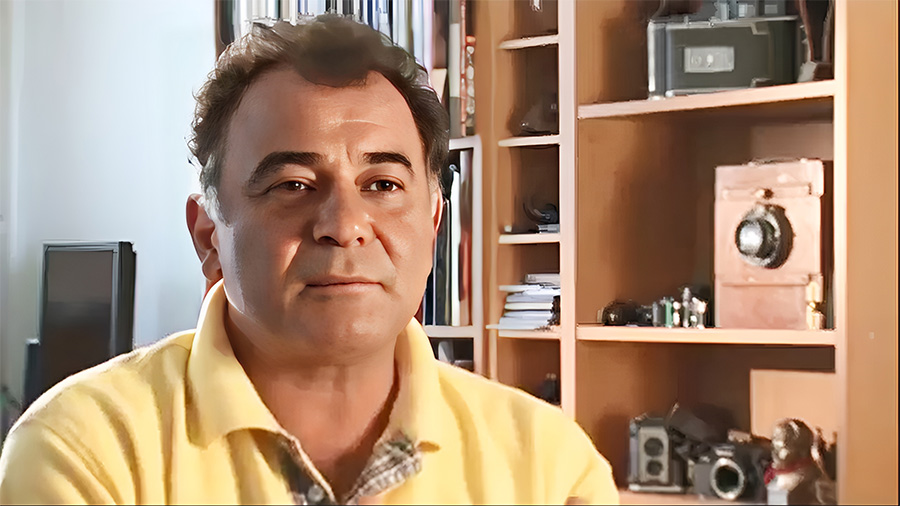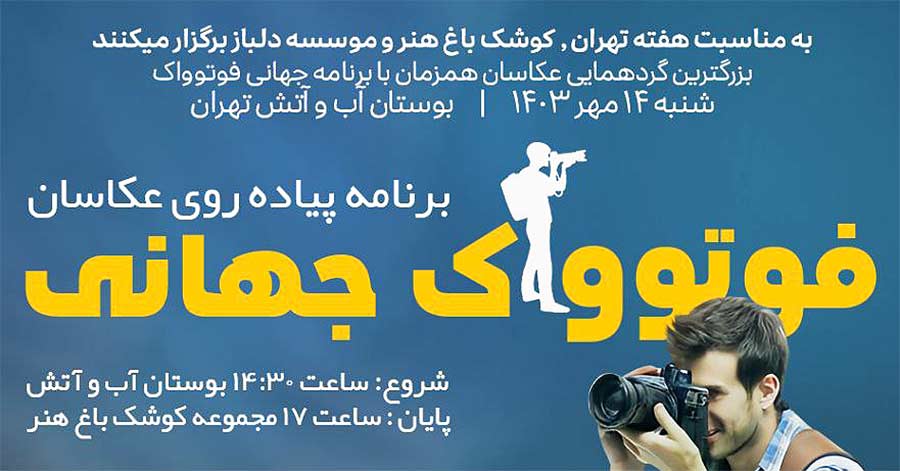Maryam Kazemzadeh was born in 1956 in city of Shiraz. She was eldest child of a loving family of culture and art.
According to Artmag, on Nowruz 1973, she became interested in photography by donating a camera to him by his brother. In 1975, after graduating, he started teaching and a year later, at urging of his family, she left for England to continue his education. At that time, meeting The Union of Islamic Associations of European and American Universities was a new chapter in her life.
In 1978, in Neauphle-le-Château, Kazemzadeh photographed meetings, journalists, and other attendees, and came to Iran two days after Imam Khomeini arrived and never returned to Britain.
The late Kazemzadeh, started working as a photographer for (Enghelab Eslami Newspaper)Islamic Revolution newspaper, in April 1979. Her first mission in Marivan and meeting martyrs Dr. Mostafa Chamran and Abu Sharif, the commander of Islamic Revolutionary Guard Corps, and others, and experience of being with them, greatly influenced her political and social vision.
The Late Maryam Kazemzadeh
Maryam Kazemzadeh Photo Book
Escape from war
Martyr Dr. Mostafa Chamran
Escape from war
No Description
Escape from war
Nurses
No Description
Sarpol-e Zahab - September 24, 1980
No Description
Sarpol-e Zahab - September 24, 1980
Sarpol-e Zahab - September 24, 1980
Sarpol-e-Zahab - Autumn 1980
Sarpol-e Zahab
No Description
The first meeting with Martyr Dr. Chamran
Mrs. Dr. Keyhani
Martyr Ibrahim Hadi
The Late Marzieh Dabbagh
No Description
My husband: Martyr Asghar Vesali
Martyr Asghar Vesali - October 1979
No Description
The first meeting with Martyr Dr. Chamran
Marivan Garrison
Marivan Garrison
Red Handkerchief Group - Martyr Asghar Vesali
September 25, 1980
My first meeting with my husband: Martyr Asghar Vesali
Click it
With the start of Iraq-Iran war in October 1980, she went to Sarpolzahab as a journalist with Asghar Vesali, whom they had just married.
After martyrdom of Asghar Vesali, in November 1980, in Sarpolzahab, which was the most tragic event of Maryam Kazemzadeh’s life, and also end of her collaboration with Jomhuri newspaper, in late 1983, she joined Zan Rooz magazine and then started working as the editor of Kayhan Newspaper.
After many years and about thirty years later, the name of Maryam Kazemzadeh as a photographer, after publication of her book by Association of Photographers of Revolution and Holy Defense, came to fore again.
Dr. Minoo Badiei Dezfuli, a veteran journalist, writes about Maryam Kazemzadeh in the introduction to her photo book:
The works of this front and war photographer are now kept in the treasury of Association of Revolutionary and Holy Defense Photographers.
The Late Maryam Kazemzadeh
Maryam Kazemzadeh Photo Book
Escape from war
Martyr Dr. Mostafa Chamran
Escape from war
No Description
Escape from war
Nurses
No Description
Sarpol-e Zahab - September 24, 1980
No Description
Sarpol-e Zahab - September 24, 1980
Sarpol-e Zahab - September 24, 1980
Sarpol-e-Zahab - Autumn 1980
Sarpol-e Zahab
No Description
The first meeting with Martyr Dr. Chamran
Mrs. Dr. Keyhani
Martyr Ibrahim Hadi
The Late Marzieh Dabbagh
No Description
My husband: Martyr Asghar Vesali
Martyr Asghar Vesali - October 1979
No Description
The first meeting with Martyr Dr. Chamran
Marivan Garrison
Marivan Garrison
Red Handkerchief Group - Martyr Asghar Vesali
September 25, 1980
My first meeting with my husband: Martyr Asghar Vesali
Copy URL URL Copied



